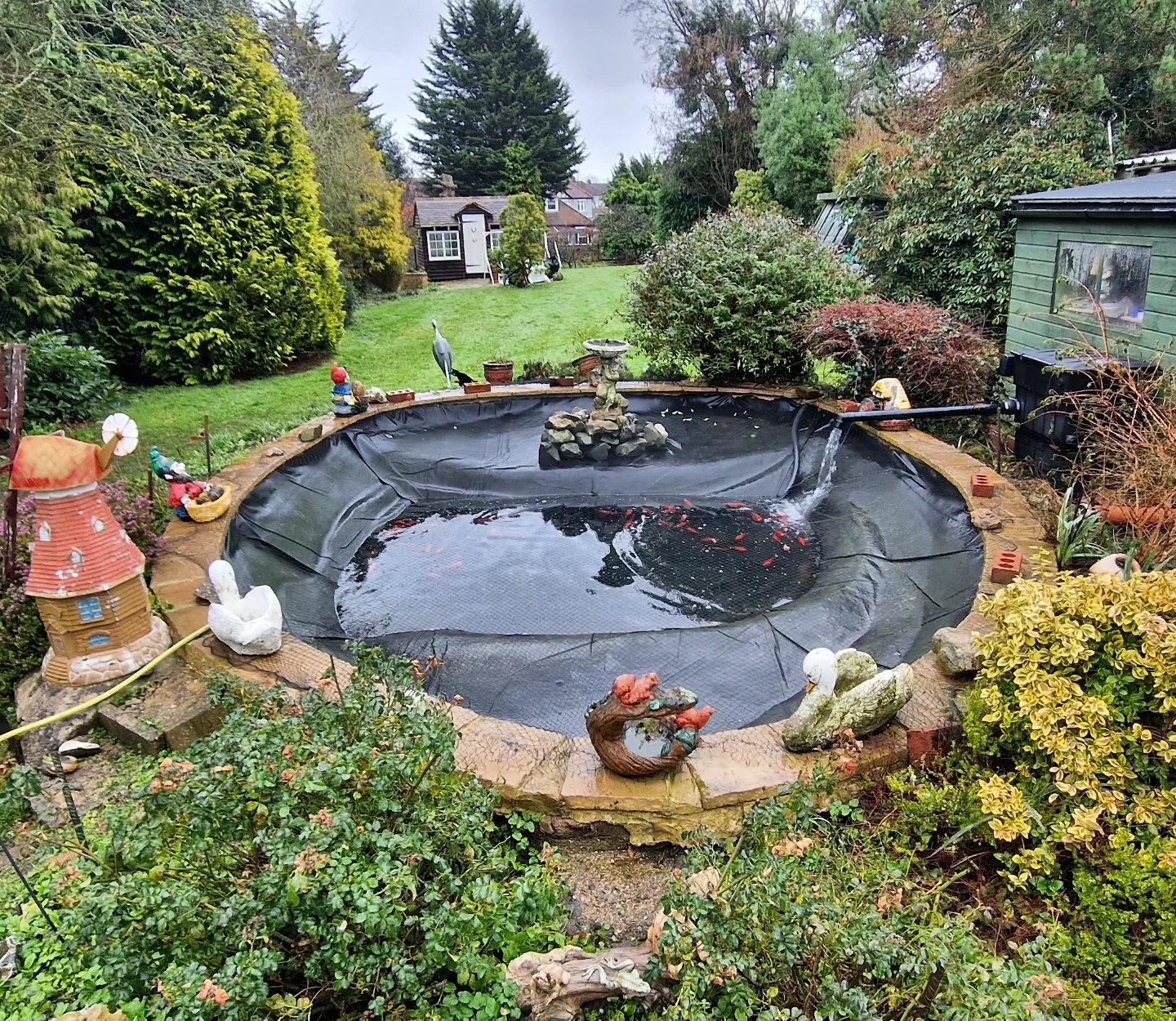
The Ultimate Guide to Koi Pond Maintenance
Creating and maintaining a beautiful and thriving koi pond goes beyond simply adding water and fish. In this guide, we’ll navigate through essential steps to ensure your koi pond remains in top condition, allowing you to relish its beauty for years to come.
Cleaning the Pond
A fundamental aspect of koi pond maintenance is cleanliness, contributing not only to an aesthetically pleasing pond but also fostering a healthier environment for your fish. Consider the following tips to keep your pond in optimal condition:
- Skim the Surface: Utilize a skimmer to remove floating debris like leaves and twigs from the water’s surface. Regular skimming prevents debris from settling at the bottom, maintaining water quality.
- Clean the Bottom: Employ a pond vacuum to clear accumulated debris from the pond’s bottom, preventing the buildup of harmful toxins that could adversely affect your fish.
- Change the Water: Regularly replace a portion of the pond water to eliminate excess nutrients, harmful bacteria, and parasites. Use a pond water conditioner during water changes to balance pH levels.
Winterizing the Pond
Protecting your koi pond during winter is crucial for the well-being of your fish. Follow these steps for effective winterization:
- Lower the Water Level: To prevent freezing and potential cracking, lower the water level by about a foot as temperatures drop.
- Add a De-icer: Introduce a de-icer to maintain a hole in the ice, facilitating gas exchange and preserving the pond’s ecosystem.
- Insulate the Pond: Employ pond blankets or other insulation materials to stabilize water temperature and prevent freezing.
Maintaining the Pond Ecosystem
A thriving pond ecosystem is vital for the health of your koi. Consider the following tips to maintain a balanced pond environment:
- Proper Filtration: Ensure your filtration system is in optimal condition to keep water clean and free of excess nutrients. Regular cleaning and maintenance are crucial.
- Add Plants: Incorporate a variety of aquatic plants to absorb excess nutrients, provide shade, and offer shelter to your fish, contributing to a balanced ecosystem.
- Monitor Water Quality: Regularly test water for pH levels, nitrite, nitrate, and ammonia. Take corrective actions if readings fall outside the normal range.
- Feed Properly: Avoid overfeeding your koi, which can lead to an excess of waste and harm the pond’s ecosystem. Feed only what your fish can consume in a few minutes, refraining from feeding when the water temperature is below 50°F.
To maintain a thriving koi pond, prioritize regular cleaning, effective winterizing, and overall ecosystem care. By adhering to these tips and staying attuned to your pond’s needs, you’ll ensure its longevity and visual appeal for many years to come.
Matthew Adlington





